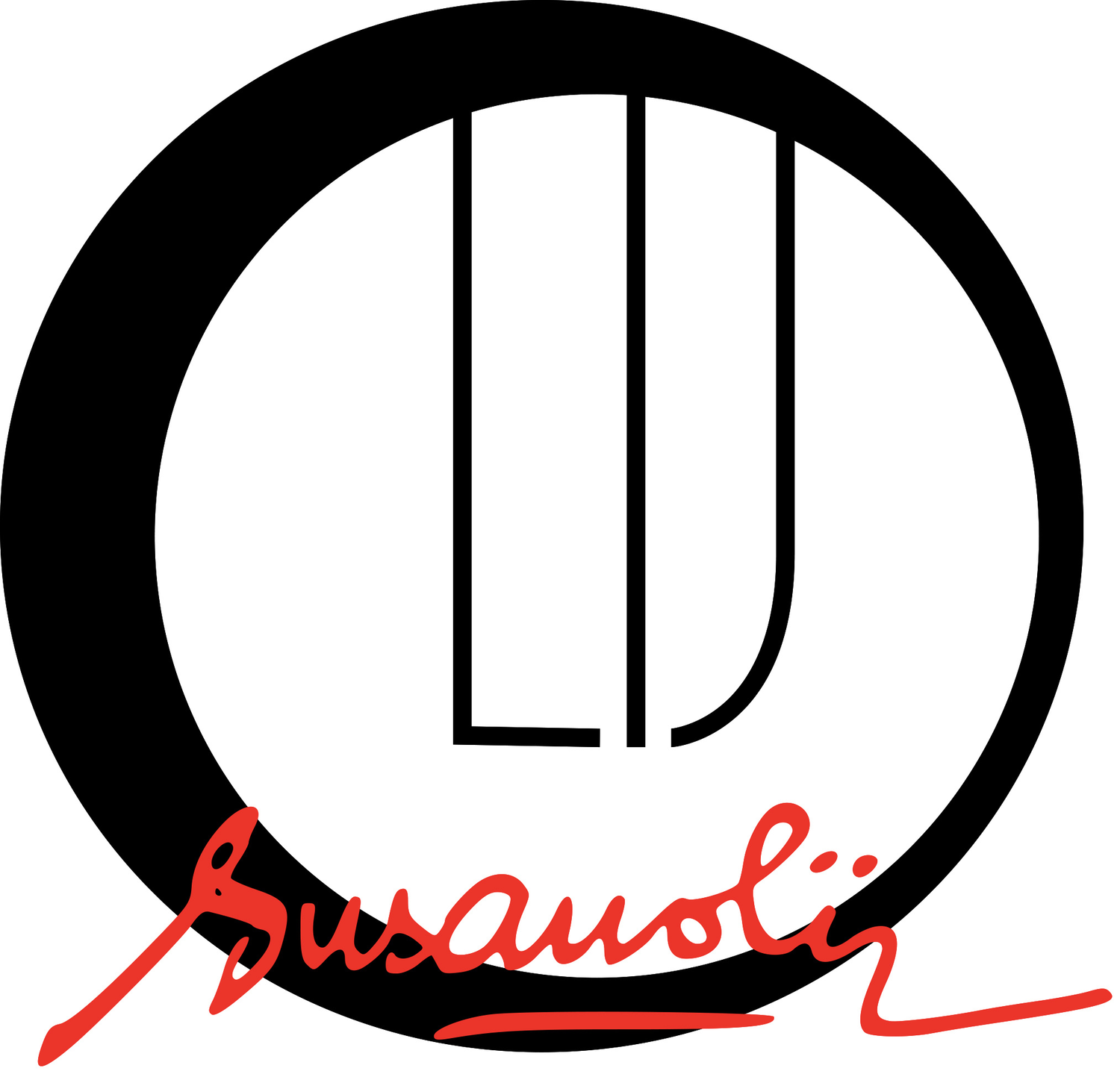Improve your Observation & Drawing Micro, Macro, Fast and Slow
This post is about drawing exercises focusing on process goals and the outcome is irrelevant.
The goal of this article is to assist my Drawing; an Introduction Lesson 9 students absorb this technique covered in class.
The topic is exercises to improve observation skills. This article is going to help students go deeper into the practice of seeing what is, and not what their thinking brain think they see. The ways we all see something is often clouded by preconceived ideas and assumptions, and that is always, more than not, is the reason our drawings doesn’t come out as we expected.
So the following exercises are designed to interrupt the thinking brain from getting involved in the observation and stand back.
Drawing quickly, a 20, 40, 60 seconds drill, as you turn the objects a round to observe from different angles. Use a High Intensity Training timer if you have it, and repeat the drills 4- 5 sets.
Drawing micro to macro, drawing the object very small, and gradually drawing it very large, and so large it doesn’t fit the paper.
Drawing super slowly, and without looking at the paper. 10 minutes at a time.
Drawing quickly gives the thinking brain no time to help, or try to get it right and overtime the thinking brain will stop butting in and will quiet down. The thinking brain will object and resist this action as ‘ stupid, waste of time, pointless’ at first. Try to notice what it is saying, often this exercise is difficult for those who’re not used to paying attention to their own thoughts. Regardless, if you keep going, you’ll find it will quiet down, and your seeing brain, the quiet and peaceful one will take over.
Drawing micro is a way to reduce all the details down to its barest essentials and when you don’t see any details, it becomes easier to simplify what’s there.
Drawing macro is a way to force the seeing brain to choose what to focus on, when zooming in, what do we aim to focus our attention to? The bit that are most interesting? This exercise can focus us in deeper into gestures and flow, and at the same time satisfy the process of ‘goal oriented ‘ brain.
Every objects you choose will give us an opportunity to choose how to draw. If something is very simple, drawing macro forces you to look deeper to what parts are most interesting to draw. Drawing micro forces you to simplify.
Look for the right size where it’s within the composition you choose, and drawing micro to macro will help you figure the best size that suits you, your sweet spot size. The sweet spot size that suits you will be one that is effortless, it’s just the right size for your way of drawing.
Often when students have a low confidence in drawing, they draw very small, but realise that drawing small actually doesn’t work for them, but a larger size is a bit too scary. So this exercise of drawing micro to macro is designed to help gradual confidence building.
Finally, drawing super slowly, without looking at the paper is a way to feel what you see more, this will find the thinking brain protesting again, but when you don’t stop, you will find the feeling of strange, intense, interesting, fascinating arriving instead of confusion. You will find you’ll want to see more, and when this comes, welcome it. The seeing brain mode Is a pleasurable place to be in, its alert, alive, interested, self-assured, and concentrated. It’s as if you’re in a trance of focused concentration. In the beginning, this can also be a little unsettling and feels like you’re not in control. But it is a good sign of growth. Use a 10 minutes timer per exercise.
Be prepared to be in exploratory mode, imagine you’re going through an experience that’s new to you, you don’t know the outcome or where you end up, but you know you’re safe. The creative paradox as described by Betty Edwards is the feeling of testing different ways that you see will fit, you know the feeling when it fits, and the process of getting there is all uncertain, and undefined and overtime we get used to this feeling, and our drawing improves in enjoyment (and in result)
Have fun as always.
See you in the next post.
